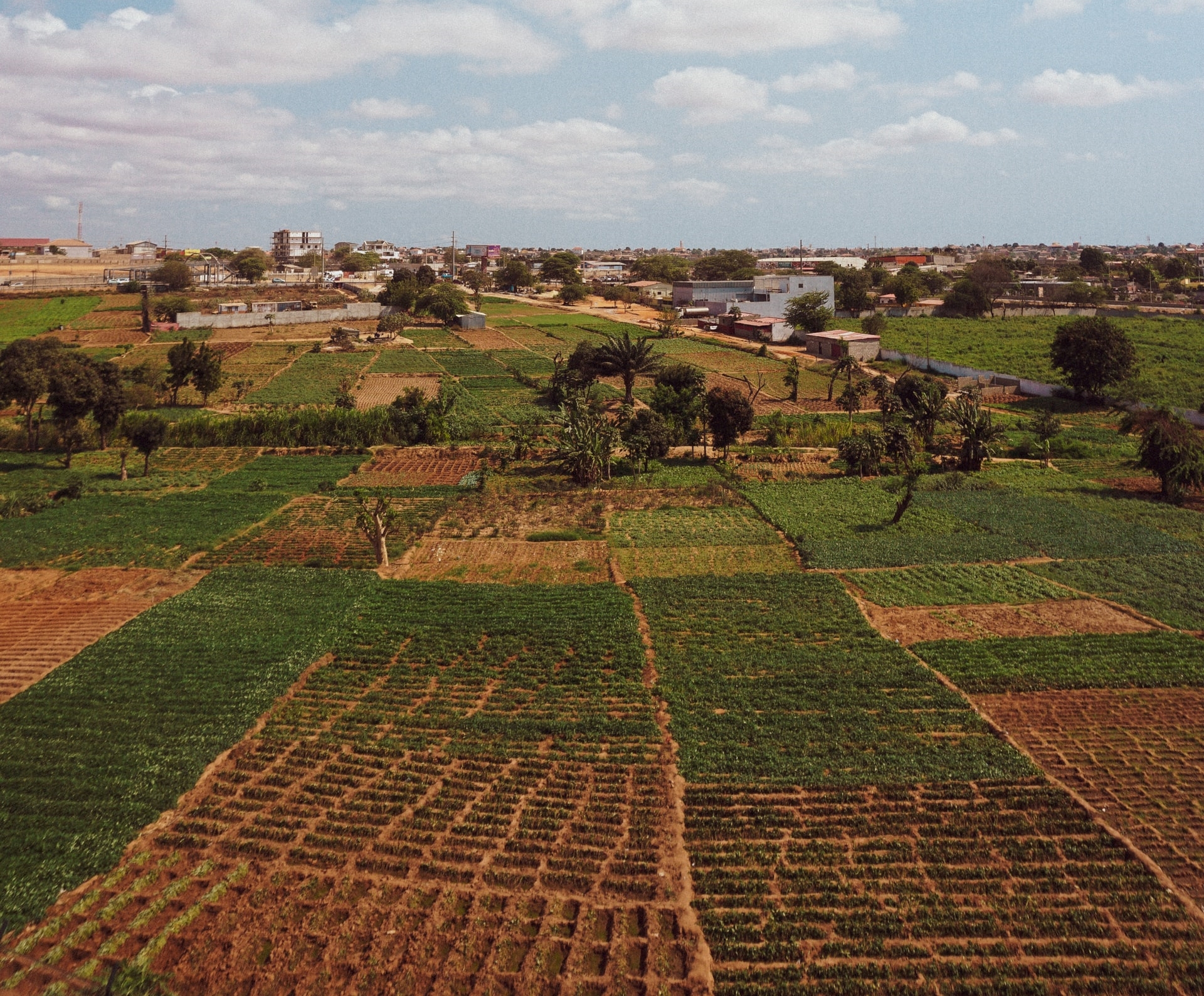Medium-scale farming as a policy tool for agricultural commercialisation and small-scale farm transformation in Nigeria

Written by: Milu Muyanga
Land ownership patterns are changing in sub-Saharan Africa. In Ghana, Kenya and Zambia, medium-scale farms (MSFs), of between 5 and 100ha now account for more land than large-scale investors. Most African countries’ national agricultural investment plans and policy strategies officially view smallholder farming as the primary means of achieving agricultural growth, food security and poverty-reduction goals. However, many governments have adopted land and financial policies that implicitly encourage the rise of MSFs. APRA Policy Brief 32 investigates various questions around the formation, productivity and local impacts of MSFs in Nigeria; the main findings are summarised here.
The APRA Nigeria team have been conducting a series of studies in Kaduna and Ogun states to understand how MSFs affect the productivity and commercialisation potential of small-scale farms (SSFs). Specifically, in their recent policy brief examining medium-scale farming as a policy tool for agricultural commercialisation and SSF transformation in Nigeria, the team investigated: the characteristics of MSFs and the processes that produce them; the relative importance of MSFs in the agricultural commercialisation process; the relationship between farm scale and productivity; and whether MSFs influence the behaviour and welfare of the millions of SSF households around them.
The study has released a policy brief that summarises the four main findings as follows: (1) roughly half of the randomly selected medium-scale farmers started out as small-scale farmers who were able to expand and step up to medium-scale operation; a roughly equal number of medium-scale farmers were primarily engaged in off-farm employment before investing in land and stepping in to medium-scale farming. (2) There are important differences in farm productivity for the stepping up and stepping in MSF groups. (3) The relationship between farm size and productivity in the Kaduna and Ogun states of Nigeria is U-shaped, with the highest productivity measures recorded for farms under 3ha and those over 25ha, especially among those who stepped up from SSFs. (4) In terms of positive spillovers, MSF investment appears to inject important expertise into underperforming SSF such as provision of extension services and improved access to improved inputs and markets, which increase the productivity of SSFs. MSF are also providing farm employment opportunities to the nearby small-scale farm households as farm labourers.
The study also reveals that SSF households account for most of Nigeria’s rural poor and must be the target of poverty-reduction programmes. The role of MSFs in promoting welfare indicators of small-scale farmers has been under-appreciated. The findings further suggest that a dual-pronged strategy that maximises the spillover benefits from interactions between SSFs and MSFs, for all farmers, may improve agricultural productivity and commercialisation. Consequently, supporting the growth of MSFs could provide an important pathway to increased agricultural commercialisation, leading to significant positive welfare outcomes for most SSFs.
